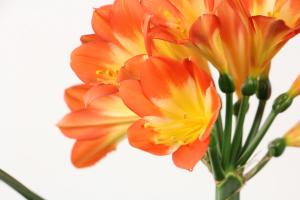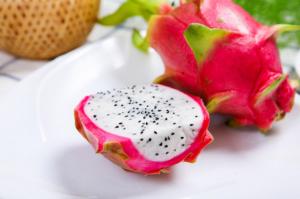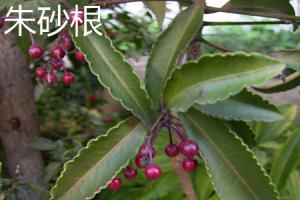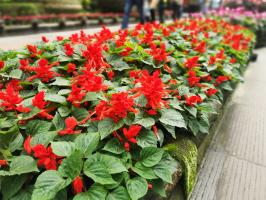When to Plant Fruit Trees in Washington
Washington is a prime location for fruit tree cultivation, thanks to its moderate climate and ample rainfall. However, choosing the right time to plant these trees can be essential to their survival and growth in the Pacific Northwest. Below, we'll explore the ideal planting times and factors to consider when planting fruit trees in Washington.
Choosing the Right Season
The optimal time to plant fruit trees in Washington is typically between mid-fall and early spring. Planting in the fall allows the tree to establish roots before winter, and the winter months provide a period of dormancy, helping the tree adapt to its new surroundings. Spring planting can be advantageous, too, but it may require more attention to watering during the dry summer months.
Climate Considerations
Washington's climate can vary depending on location, so it's essential to understand the conditions in your area. Coastal regions tend to have a more moderate climate, while inland areas may experience colder winters and hotter summers. Fruit trees thrive in areas with mild temperatures and plenty of moisture, so choose a planting location with these conditions in mind. Also, consider the tree's specific climate requirements, such as chilling hours, a crucial factor for fruit production in some species.
Soil Preparation
Preparing the soil before planting is critical to a fruit tree's success, and Washington has some unique soil characteristics that require attention. The state's soils are often acidic and prone to erosion, so amending the soil with compost or organic matter can help improve texture and nutrient levels. Soil testing can help determine any deficiencies and provide guidance on how to adjust the pH and other nutrient levels for optimal growth.
Choosing the Right Tree
Selecting the right fruit tree for your location and goals is essential, so do some research before purchasing. Apples, pears, and plums are popular species that grow well in Washington, but factors such as size, disease resistance, and pollination requirements can vary by species and cultivar. Some cultivars may require cross-pollination, so planting multiple trees or grafted trees can increase the chances of fruit production.
Conclusion
Washington offers an excellent location for growing fruit trees, but choosing the right planting time and factors can significantly impact a tree's growth and fruit yield. Fall and early spring are ideal planting times, and soil preparation and climate considerations can help ensure success. Take the time to research and choose the right tree for your location and goals, and your fruit tree will thrive and provide a bounty for years to come.

 how many times do yo...
how many times do yo... how many planted tre...
how many planted tre... how many pine trees ...
how many pine trees ... how many pecan trees...
how many pecan trees... how many plants comp...
how many plants comp... how many plants can ...
how many plants can ... how many plants and ...
how many plants and ... how many pepper plan...
how many pepper plan...
































